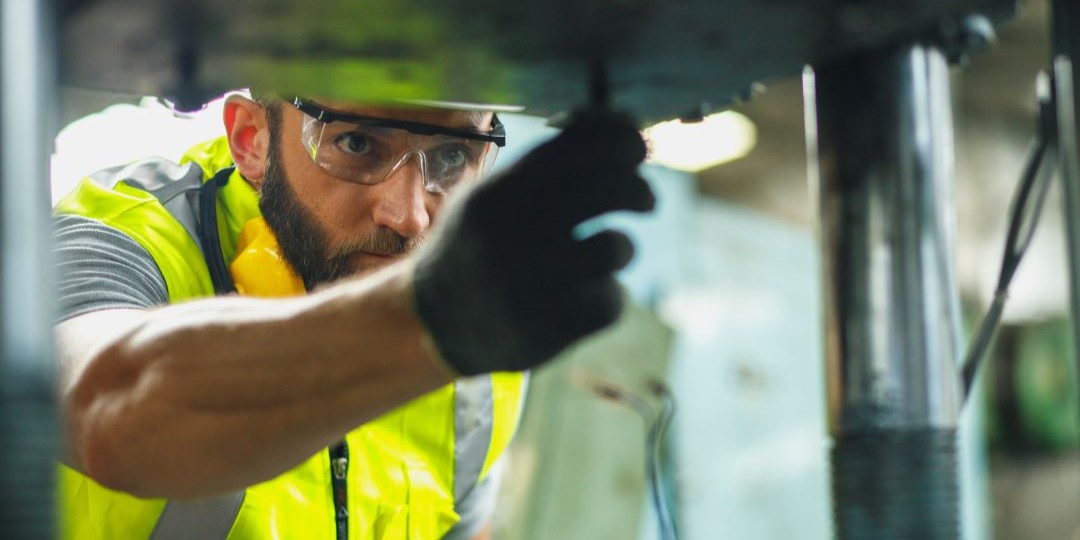by Greg Fynan – Senior Engineer, NAES Engineering Services
A NAES-operated plant asked whether the use of a threaded pipe joint was permissible on a steam pressure transmitter line after the source root valve. The original threaded joint had failed and needed repair. It was on a P91 pipe nipple welded to a root valve, with the joint at an adapter fitting from pipe to tubing.
Threaded joints should be avoided in power piping applications, and they’re prohibited in many cases. In situations where they are permitted, their use has numerous restrictive requirements depending on pressure, location and system. Refer to the Power Piping Code, ASME B31.1, for the applicable details and restrictions.

The materials at the joint may pose additional considerations. Since most instrument tubing and tubing fittings in use in the plants are stainless steel, connecting to the source pipe usually requires an adapter. While a welded connection of the adapter is preferred, a threaded connection is often made instead.
For carbon, stainless and low-alloy steels (P11, P22), socket welding or seal welding of the adapter to the pipe, if necessary, is a relatively simple process. However, for CSEF (P91) steel, the welding and heat treatment requirements are so cumbersome and time-consuming that such connections made on a repair basis are seldom welded in the field.
Rather than having a threaded P91 pipe stub for connection to tubing, such small-bore pipe stubs should be made originally of P11 or P22 pipe of the proper wall thickness to more readily accommodate a welded connection. Since this is more of a maintenance facilitation practice than an original construction practice, it’s not always done.
Because the following conditions applied to the connection in question at this particular plant, it was deemed permissible to repair the threaded connection:
It was at a pipe-to-tubing adapter;
The pipe was ½-inch NPS P91;
The failed threaded connection was original;
It was on the instrument side of the root valve;
It was for an instrument transmitter
(i.e., a dead-end service).
Note, however, that different conditions may require a different response. If you have questions about this or other engineering issues, feel free to contact me, Bill Lovejoy or any other member of the NAES Engineering Services team:
Greg Fynan: 978.360.2618
Bill Lovejoy: 302.356.9864
